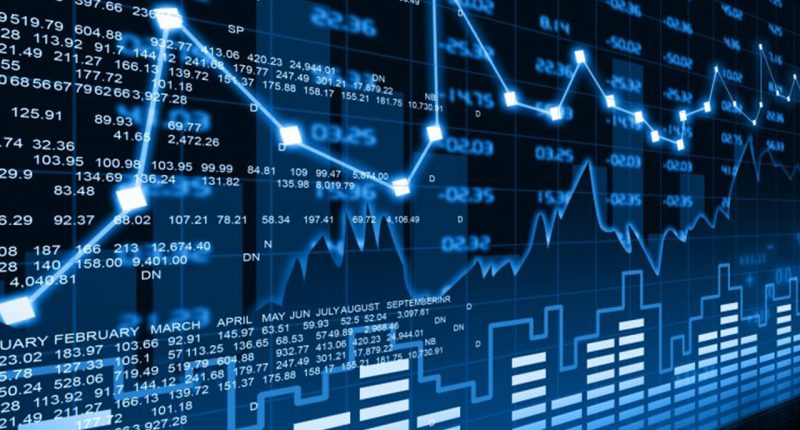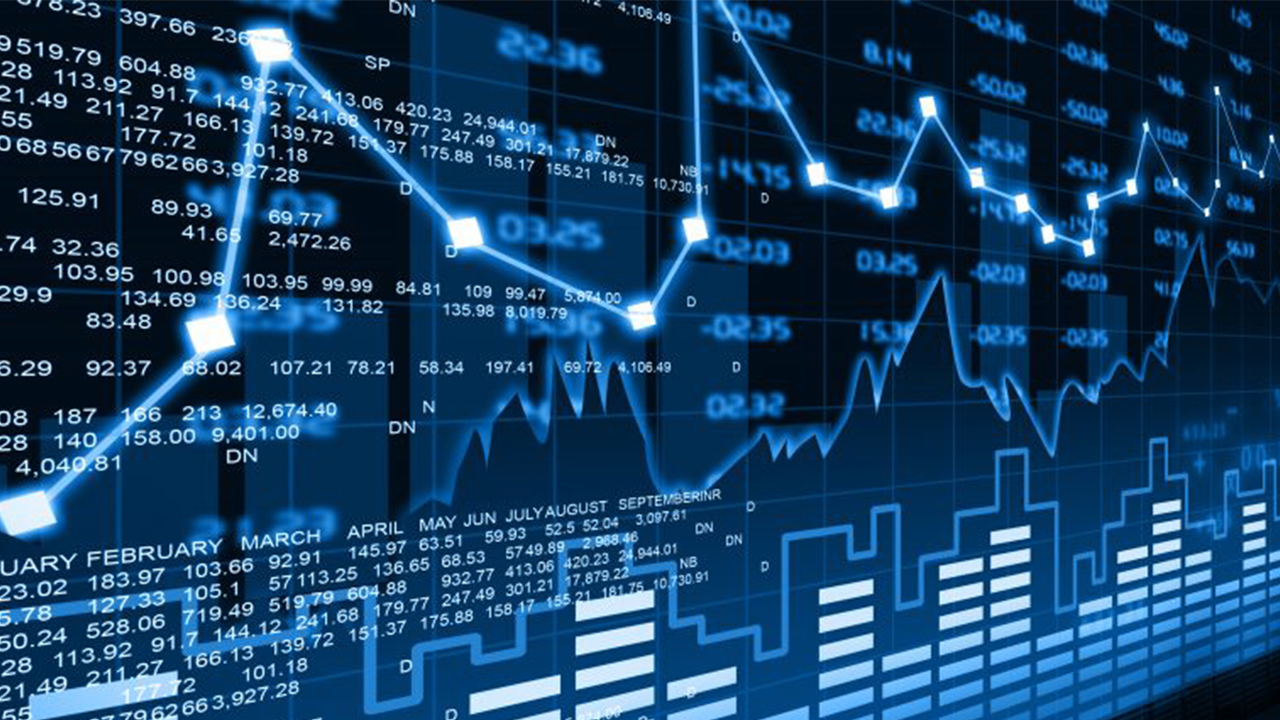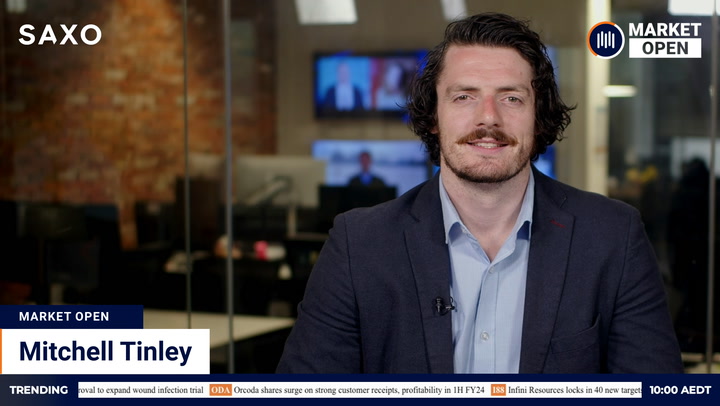Aussie shares pointed firmly lower for a third session after a surge in US inflation pulled the Dow to its heaviest loss since January.
ASX futures declined 28 points or 0.4 per cent as the Dow shed almost 700 points and the S&P 500 and Nasdaq Composite fell more than 2 per cent.
Commodity strength and a plunge in the dollar cushioned local futures from a deeper fall. Iron ore hit a new record. Oil improved. The dollar fell almost 1.5 per cent towards 77 US cents.
Wall Street
US stocks tumbled after the April consumer price report confirmed investor fears about rising price pressures. Inflation rose at its fastest pace since 2008, ramping up pressure on the Federal Reserve to reduce stimulus spending and raise rates.
The Nasdaq Composite plunged 358 points or 2.67 per cent as traders dumped rate-sensitive growth stocks. The fall extended the index’s losses for the week beyond 5 per cent.
The S&P 500 fell 89 points or 2.14 per cent during its worst session since February. The Dow Jones Industrial Average gave up 682 points or 1.99 per cent, its worst loss since January.
The April consumer price index jumped 4.2 per cent from a year earlier. Economists polled by Dow Jones had anticipated a reading around 3.6 per cent. The monthly increase of 0.8 per cent was four times higher than expected.
Core CPI also smashed expectations, rising 3 per cent, versus estimates for a gain of 2.3 per cent. The yield on ten-year US government bonds jumped almost eight basis points in the aftermath.
“Investors who may have been looking for a reason to lighten up on a stock market that was up more than 10% year to date found a good one: rising inflation,” Chris Hussey, a managing director at Goldman Sachs, wrote.
Rising inflation is a net negative for equities for a number of reasons. Shrinking margins erode corporate profits. Surging prices crimp consumer demand. Central banks will reduce stimulus spending and raise rates once inflation is seen staying at “normal” levels of around 2 -3 per cent. An overshoot would trigger a sharp rise in rates to cool an overheating economy.
The Fed has previously said it expected prices to accelerate this year, but believed the up-surge will be transitory and therefore will not require action.
“While this was a massive surprise, the Fed will likely continue to make the case that a lot of these pressures are transitory and will fade later this year as consumer demand for goods subsides and the supply side catches up,” analysts at financial services firm Jefferies said.
Growth stocks led the sell-off. The tech sector dived 2.86 per cent. Consumer discretionary (Amazon, Tesla) shed 3.28 per cent. The VIX volatility index climbed more than 25 per cent to its highest level since early March.
Australian outlook
An ugly night in the US with the consumer price index confirming the increasingly obvious: pricing pressures are on the rise. The next question is whether the rise is temporary, as the Fed and RBA, suggest, or the start of a new market-unfriendly inflationary era. The answer will not be known for many months.
Meantime, the S&P/ASX 200 faces another day of selling. The index sank 52 points yesterday to extend its retreat since Monday’s record close to 128 points. While last night’s data reflected US conditions, Australian bond yields will follow US yields higher today.
Growth stocks – technology, etc – will be in the firing line today, although the gap between growth and value losses in the US was not huge last night. The sinking tide lowered nearly all ships. Energy was the only sector to advance – by a skinny 0.06 per cent.
A record high in iron ore yesterday may offer some protection, but both BHP and Rio Tinto fell in US action after gaining in the UK (more below).
A dive in the dollar should also provide something of a cushion. The Aussie was trampled in an overnight “flight to safety”, falling 1.41 per cent to 77.27 US cents.
A monthly survey of “inflation expectations” released at 11.30am AEST by the Melbourne Institute would not normally have a significant market impact, but in these conditions will carry more weight than usual.
Commodities
Iron ore scaled fresh heights yesterday in a sign Monday’s attempts by Chinese exchanges to cool speculative interest was outweighed by genuine pent-up demand. Prices have surged more than 25 per cent this month. The spot price for ore landed in China climbed $4.20 or 1.8 per cent to US$233.10 a tonne
Mining giants BHP and Rio Tinto advanced in UK trade before succumbing to the deteriorating mood in the US. BHP’s US-listed stock fell 2.04 per cent after its UK-listed stock gained 0.64 per cent. Rio Tinto shed 2.01 per cent in the US and added 0.52 per cent in the UK..
Oil rose to its highest level since March amid gasoline shortages in the US due to a ransomware attack on a key fuel pipeline. Brent crude settled 77 cents or 1.1 per cent ahead at US$69.32 a barrel.
Gold retreated for a second day as surges in the dollar and bond yields sapped demand. Gold for June delivery settled $13.30 or 0.7 per cent lower at US$1,822.80 an ounce. The NYSE Arca Gold Bugs Index dropped 1.85 per cent.
Industrial metals declined. Copper gave up early gains, backing off decade highs. Benchmark copper on the London Metal Exchange eased 0.1 per cent to US$10,433.25 a tonne. Aluminium and zinc fell 1.5 per cent, nickel 0.8 per cent, lead 1.6 per cent and tin 4.8 per cent.







